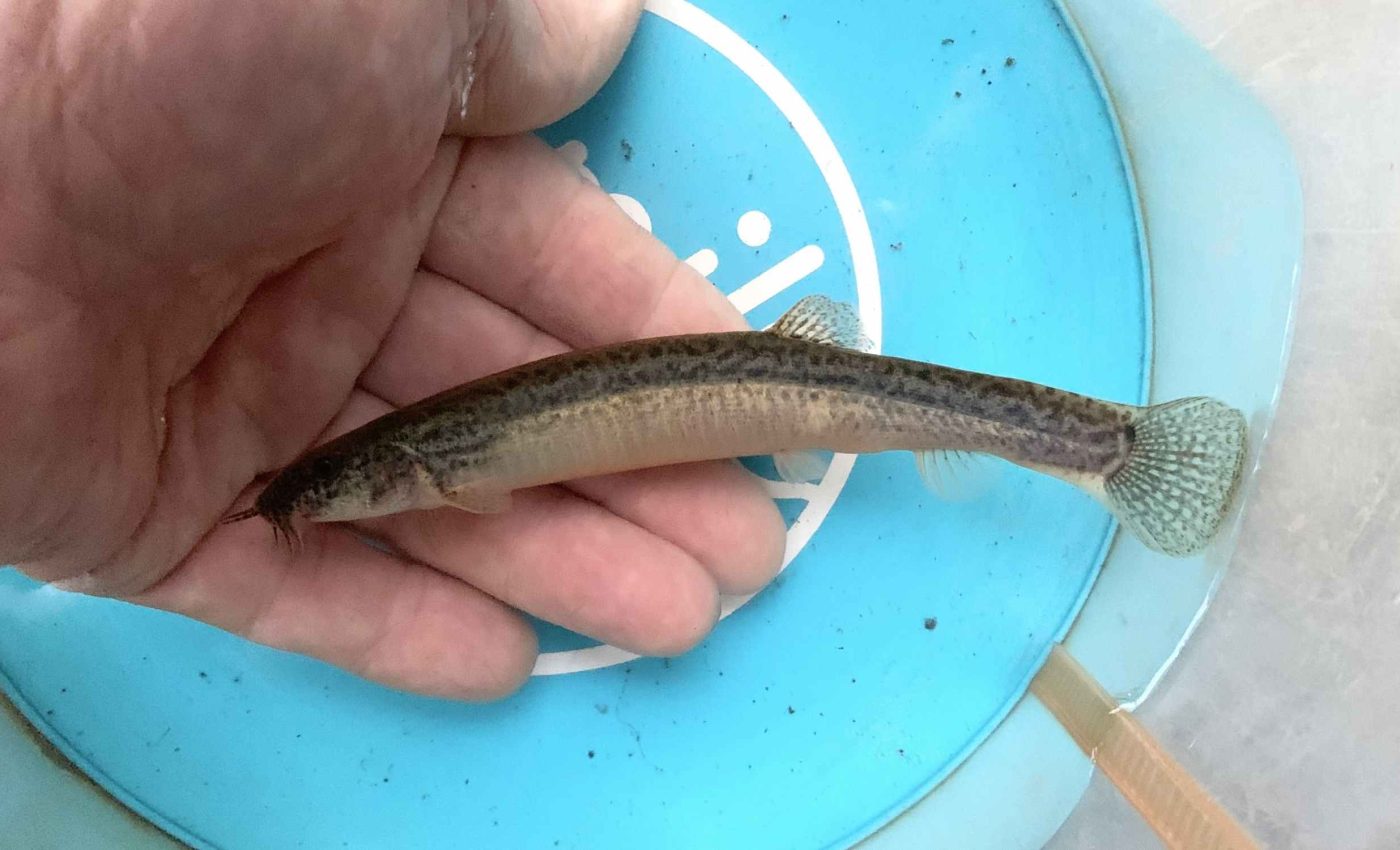
Invasive fish breathes through its intestines and carries dangerous parasites
A fish built for the margins just turned up in a Canadian river that does not need any new surprises. Fisheries and Oceans Canada (DFO) confirmed a pond loach, also called the oriental weatherfish, in the LaHave River near New Germany, Nova Scotia, the first record for the Maritimes.
This species breathes air using part of its intestine, which helps it weather poor water conditions and even brief time on wet land.
“The Japanese weatherloach can exchange gases with air via the posterior region of the alimentary canal,” wrote Brian McMahon.
Pond loach survival skills
It can endure drought by burrowing and surviving extended dry spells in mud, which is unusual for a freshwater fish.
In Idaho, individuals survived more than 81 days without water or food in experiments that tracked real, wild fish from local populations.
Cold offers little relief. Laboratory tests estimated a critical thermal minimum, the lowest temperature at which normal function is possible, between 30.2 and 28.4 degrees Fahrenheit, with fish surviving in direct contact with ice.
Why this fish worries Canada
Nicholas E. Mandrak, University of Toronto Scarborough (UTSC), studies aquatic invasive fishes in Canada. His work has helped shape national screening and detection approaches that aim to keep high risk species out of local waters.
Once established, pond loach can change the character of still and slow waters by rooting through bottom sediments for food.
Controlled experiments in Australia reported significant cuts to macroinvertebrates, the small animals without backbones that feed fish and amphibians, along with higher turbidity and nitrogen levels in the water column.
The species also moves parasites around the world. A team working in New York found Asian monogenean flatworms on feral weatherfish, found evidence that introduced fish can ferry nonnative parasites with risks for other fishes and possibly amphibians when host switching occurs.
How it beats tough conditions
Air breathing is not a party trick here, it is a physiology. Intestinal breathing complements gills and skin, and the gut also plays a role in moving ammonia out of the body, a key reason weatherfish keep going in oxygen poor backwaters where many species stall.
These traits add up to flexibility. The fish can use shallow, silty margins, slip into aquatic plant beds, and wait out heat, cold, or low oxygen in ways that give it options when conditions swing.
What a single female does not tell us
One fish does not make a population. A single, egg-bearing female is a warning flag, but by itself it does not prove the species is established or spreading in Nova Scotia.
Reproduction in this species is more complicated than a slogan. Most populations reproduce sexually, yet some lineages are triploid clones that use gynogenesis, egg development triggered by sperm without incorporating the sperm’s DNA, which allows clonal females to produce offspring once the developmental switch is flipped.
Hybridization matters too. In Europe, crossing experiments between the native weatherfish Misgurnus fossilis and the nonnative M. anguillicaudatus found “no evidence for postzygotic barriers,” wrote Josef Wanzenböck.
Fecundity (the possible number of offspring that can be produced over a lifetime) in introduced North American populations can be high by small fish standards.
In New York, unmated females sampled from feral waters carried about 150 to 18,000 oocytes, and ovary weight reached up to 19 percent of body weight, which helps explain how local numbers can ramp up once conditions suit them.
Where pond loaches live
The species is already present in British Columbia, with confirmed records in the Lower Fraser Valley and clear provincial rules that prohibit possession, breeding, release, sale, or transport of live weatherfish.
South of the border, long running records show it can settle in different kinds of habitats. A published note from Washington documented an established population in the Lake Washington system at the turn of the century.
On the other side of the country, field work in the Hudson River Valley found feral populations using vegetated, silty stream reaches, with stomach contents dominated by small invertebrates.
These threads show a pattern. Pond loach thrives where current is gentle, bottoms are soft, and food is small and abundant, the very places many native minnows, sunfish, and amphibians also need.
What people can do now
Never release aquarium fish, bait, or water into local streams or ponds, and do not move live fish between waterbodies. In British Columbia, for example, those actions are illegal because of the risk of establishment and spread.
Costs pile up when invaders gain a foothold. A 2025 analysis linked species ranges and macroeconomic data to estimate global economic costs of biological invasions over the last six decades.
This underscores how prevention and early detection pay off compared with long cleanups.
“The costs could have reached 35 billion dollars per year over the last 60 years,” noted the Doñana Biological Station press office.
The biodiversity stakes are not hypothetical. A major intergovernmental assessment concluded invasive alien species have contributed to about 60 percent of recorded global extinctions, a stark reminder that moving species around has consequences that reach far beyond a single creek bend.
The study is published in Nature Ecology & Evolution.
—–
Like what you read? Subscribe to our newsletter for engaging articles, exclusive content, and the latest updates.
Check us out on EarthSnap, a free app brought to you by Eric Ralls and Earth.com.
—–













